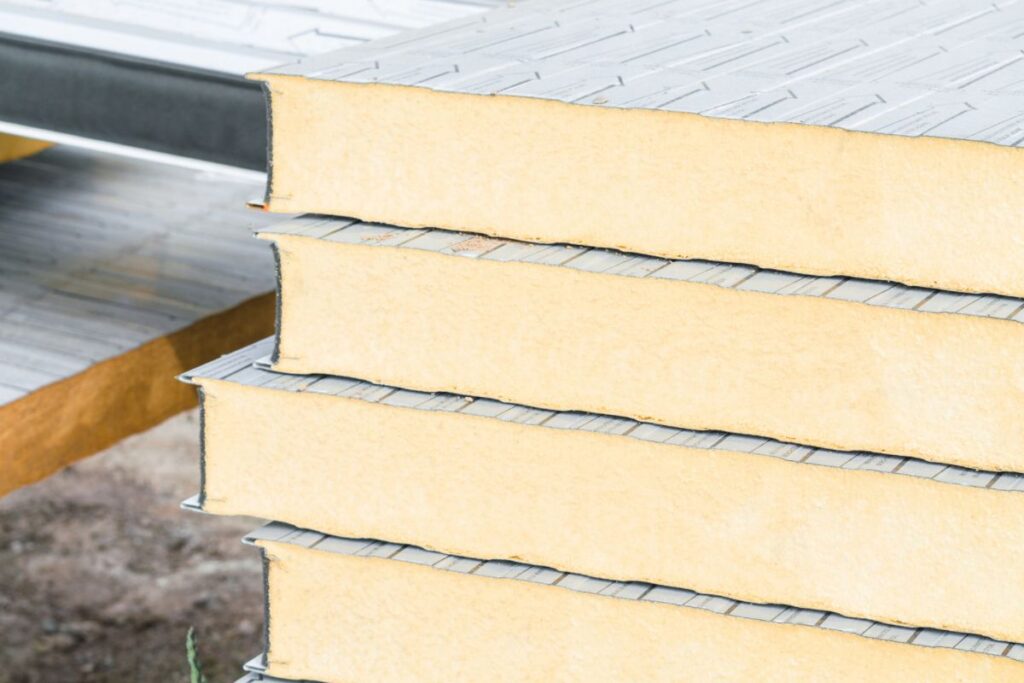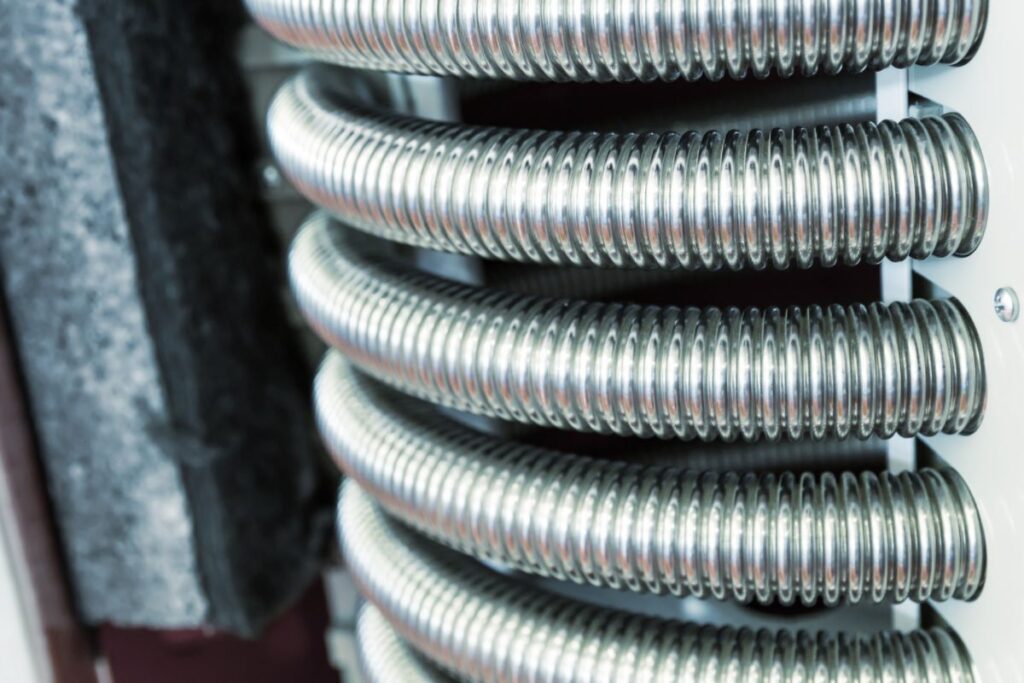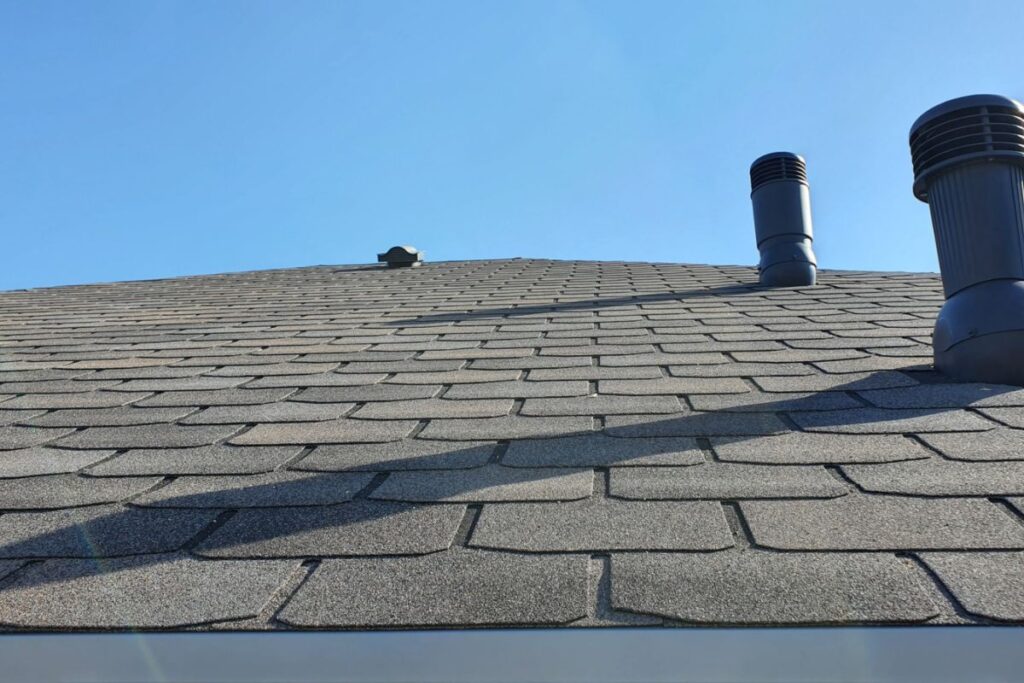ICF Walls: 9 Key Benefits Of Using Them vs Conventional
Insulated concrete form is an innovative building material typically made with polystyrene foam blocks with gaps in between to pour a concrete wall.
In the past, ICF was mainly used to build foundation walls. However, various builders are now going a step further and using it to build walls of one, two, and three-story homes.
How Much Does a Radiant Barrier Save in Energy (And Money)?
Radiant barriers are a kind of home insulation that reflects heat, preventing it from entering (and exiting) an attic. The flag-bearer for energy efficiency – at least where home insulation is concerned – radiant barriers are a popular choice among cost-conscious and eco-friendly homeowners seeking to keep their space comfortable while lowering energy costs.
Reflective Radiant Barrier Foam Boards: The Best Options and Where to Buy
If your home isn’t as comfortable or cozy as you want it to be, you may want to consider foil-backed radiant barrier foam board insulation.
Besides enhancing the efficiency of the radiant barriers, foam boards also reduce strain on your HVAC system, which can lead to massive cost savings in terms of maintenance.
How Much Does a Heat Recovery Ventilator Typically Cost?
Heat recovery ventilator systems improve ventilation and enhance air quality without compromising your home’s temperature.
If you have already made up your mind to install an HRV in your home, the biggest question on your mind is probably how much these systems cost?
Radiant Barriers in Northern States like New York: Do It?
With a lot of confusion surrounding the use and efficacy of radiant barriers, it isn’t a surprise to learn that many homeowners are discouraged from investing in them.
In addition, there is commonly even more uncertainty among homeowners in northern states than in the south, as houses in this region are generally less exposed to year-round heat, causing them to wonder if this technology is suitable for their home.
ERVs: What Effects Do They Have on Air Quality?
Inhaling poor quality indoor air can be as bad as breathing outside in a polluted environment. In addition, it is harmful to the overall health of the residents who are living in this air. It can also cause structural and cosmetic damage to the overall design of the building or home.
Poor air quality is why mechanical ventilation systems, such as ERVs, are critical and becoming increasingly popular over recent years.
Heat Recovery Ventilators: Top 9 Places to Purchase
Given the benefits of HRVs, you might have already made up your mind to equip your house with this system. But the real challenge starts here! When shopping for heat recovery ventilators, selecting the most suitable unit and finding the best place to purchase it can be pretty daunting.
ERVs: What Does It Mean to Recovery Energy?
Because of rising levels of dust and pollution, many homeowners keep their windows and doors closed, which can deteriorate air quality inside your home.
Fortunately, energy recovery ventilators offer an effective solution to this problem.
However, what exactly does it mean to recover energy when using an ERV?
Radiant Barriers: How Do They Affect Your Roof (Does It Damage It?)
Did you know that black asphalt roof shingles absorb almost all heat radiating from the sun?
This roofing material can reach a whopping 170 degrees on a sweltering day. However, a radiant barrier can block most of that heat before it has the chance to enter your home.
Radiant Barrier Paint: What to Know (And Where to Buy)
With the upcoming hot summer months and the inevitable spike in energy prices, homeowners are looking for alternative ways to save on energy costs. One way to do this is by installing radiant barrier paint on walls, roofs, and attic surfaces.











